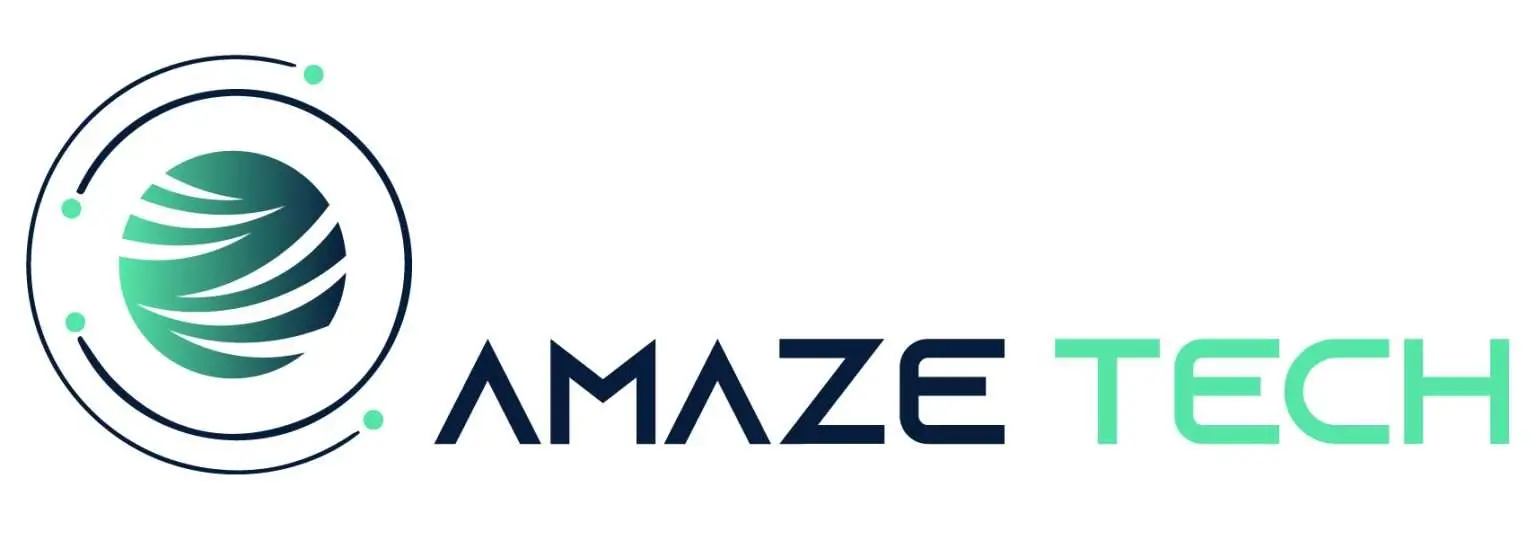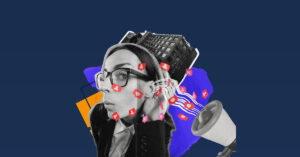A Facebook ad split testing creatives checklist helps advertisers test, compare, and optimize their ad designs and messages for better results. This complete A/B testing guide covers how to set up Facebook ad creative tests, what to test, how to measure performance accurately, and how to scale winning creatives. You will learn the essential pre-testing steps, key creative variables, statistical significance requirements, and advanced optimization methods to improve engagement, conversions, and return on ad spend (ROAS).
Essential Pre-Testing Setup for Facebook Ad Creatives
Before running a creative split test, ensure that your campaign has a strong foundation. A successful Facebook ad split testing creatives checklist begins with proper preparation.
- Define your campaign objective clearly, such as conversions, traffic, or engagement.
- Set up a Facebook Pixel and ensure accurate conversion tracking.
- Choose a single audience segment or lookalike audience to maintain consistency.
- Allocate enough budget for testing to achieve statistically valid results.
- Decide on your testing duration, typically 3–7 days for smaller budgets.
- Create separate ad sets for control and variant creatives.
This setup prevents data overlap, ensures accurate performance tracking, and establishes a fair testing environment between creative versions.
Creative Elements to Test: Images, Videos, and Copy
Creative split testing on Facebook involves testing one element at a time. The goal is to identify which creative factor influences performance most.
Images and Thumbnails: Test bright vs neutral tones, product-focused vs lifestyle visuals, and use of text overlays or not.
Videos: Try different lengths, hooks, background music, and captions. A/B test autoplay vs click-to-play.
Ad Copy: Test emotional vs logical tone, long-form vs short copy, and different pain points or value propositions.
Headlines: Compare direct benefit headlines against curiosity-based ones.
Call-to-Action (CTA): Experiment with CTA buttons like “Shop Now,” “Learn More,” or “Get Offer.”
Each test should isolate one creative variable to ensure reliable conclusions.
Setting Up Your Facebook Creative Split Tests
Inside Facebook Ads Manager, use the A/B Test feature or manual duplication method. Follow these key steps in your facebook ad split testing creatives checklist:
- Create two ad sets with identical audience, budget, and placements.
- Change only one creative variable between them.
- Label your test ads clearly (e.g., “Image A – Lifestyle” vs “Image B – Product”).
- Enable campaign budget optimization (CBO) for fair budget distribution.
- Let the test run until each ad set gets enough impressions for comparison.
Avoid making mid-test changes. Any edits can reset the learning phase and distort results.
Statistical Significance and Sample Size Requirements
A/B testing Facebook ads creatives requires enough data to draw valid conclusions. Statistical significance measures whether performance differences are real or random.
- Aim for a minimum confidence level of 90–95%.
- Use a sample size calculator to determine impressions or clicks needed.
- For conversion tests, collect at least 100 conversions across variants if possible.
- Let your ads run long enough to exit Facebook’s learning phase before judging results.
Without sufficient data, creative testing decisions become unreliable, leading to wasted ad spend.
Testing Variables: What to Test and When
Your facebook ad creative split test guide should prioritize variables strategically. Start broad and move to smaller refinements.
- Stage 1 – Creative Type: Compare image vs video.
- Stage 2 – Visual Style: Test background colors, product angles, or filters.
- Stage 3 – Copywriting: Experiment with tone, length, or structure.
- Stage 4 – CTA and Headlines: Optimize micro-elements for click-throughs.
- Stage 5 – Placement: Compare News Feed, Stories, and Reels performance.
This systematic approach prevents overlap and isolates what actually improves performance.
Facebook Ads Manager Split Testing Setup
Facebook Ads Manager offers built-in split testing tools under “Experiments.” These allow you to run structured tests without overlap.
Steps include:
- Open Experiments → Create A/B Test.
- Choose the variable (creative, audience, or placement).
- Select ad sets to compare.
- Define metrics like CTR, CPC, or conversion rate.
- Set the testing duration.
- Launch and monitor under the “Experiments” tab.
Alternatively, manual split testing using duplicated campaigns works well for more control and flexibility, especially when testing creative variations.
Analyzing Creative Test Results and Performance Metrics
When the test ends, evaluate results using performance metrics from Ads Manager. Focus on measurable outcomes:
- CTR (Click-Through Rate): Measures engagement and creative appeal.
- CPC (Cost Per Click): Indicates ad efficiency.
- CPM (Cost Per 1,000 Impressions): Tracks delivery cost.
- Conversion Rate: Shows how well creatives drive actions.
- ROAS (Return on Ad Spend): Reveals profitability.
Compare control and variant results. If your variant shows a statistically significant improvement in conversions or CTR, you’ve found a winning creative.
Advanced Creative Testing Strategies
After mastering the basics, use advanced testing methods for deeper optimization.
- Dynamic Creative Testing: Facebook automatically mixes creative elements to find best combinations.
- Multi-Variable Testing: Combine variables once you’ve validated single elements.
- Creative Fatigue Monitoring: Rotate or refresh winning creatives to avoid decline over time.
- Audience-Specific Testing: Run separate tests for demographic or interest segments.
- UTM Tracking: Add UTM parameters to measure creative performance in Google Analytics.
Advanced techniques refine your campaigns and sustain long-term performance improvements.
Common Creative Testing Mistakes to Avoid
Even experienced marketers make mistakes in creative split testing facebook campaigns. Avoid these pitfalls:
- Testing multiple variables simultaneously.
- Stopping tests too early before data stabilizes.
- Using too small a budget to reach significance.
- Ignoring audience overlap between test groups.
- Judging success only on engagement, not conversions.
Consistent testing discipline ensures accurate insights and reliable optimization outcomes.
Scaling Winning Creatives After Testing
Once you identify a winning creative, scale gradually to maintain performance stability.
- Move the top-performing creative into your main campaign.
- Increase the budget by 20–30% every few days to avoid algorithm shock.
- Expand audience reach by using lookalike segments.
- Create new variations of your winning ad for ongoing testing.
Scaling turns test insights into sustained business growth without performance drops.
Creative Testing Calendar and Planning
A creative testing calendar keeps your facebook advertising creative testing consistent.
- Schedule new creative tests every 2–3 weeks.
- Rotate old and new visuals to combat creative fatigue.
- Document each test, including date, hypothesis, variables, and results.
- Align creative testing with seasonal trends or campaign launches.
- Allocate 10–20% of total ad budget specifically for testing.
This organized approach builds a library of proven creative insights that can guide future Facebook campaigns.
Frequently Asked Questions
- What is the purpose of a Facebook ad split testing creatives checklist?
It helps marketers systematically test and compare ad variations to identify which creative performs best and improve Facebook ad performance. - How long should a Facebook ads creative testing campaign run?
Run the test for at least 3–7 days or until each variant gathers enough impressions and exits the learning phase. - Can I test multiple creative elements at once?
You should test one variable at a time for accuracy. Multi-variable tests are only effective after single-variable results are clear. - What metrics determine a winning Facebook ad creative?
Key metrics include CTR, conversion rate, CPC, and ROAS. The creative with the highest statistical improvement across these is the winner. - How do I prevent creative fatigue in Facebook ad testing?
Refresh visuals and copy regularly, rotate audience segments, and track declining engagement to replace worn-out creatives early.





